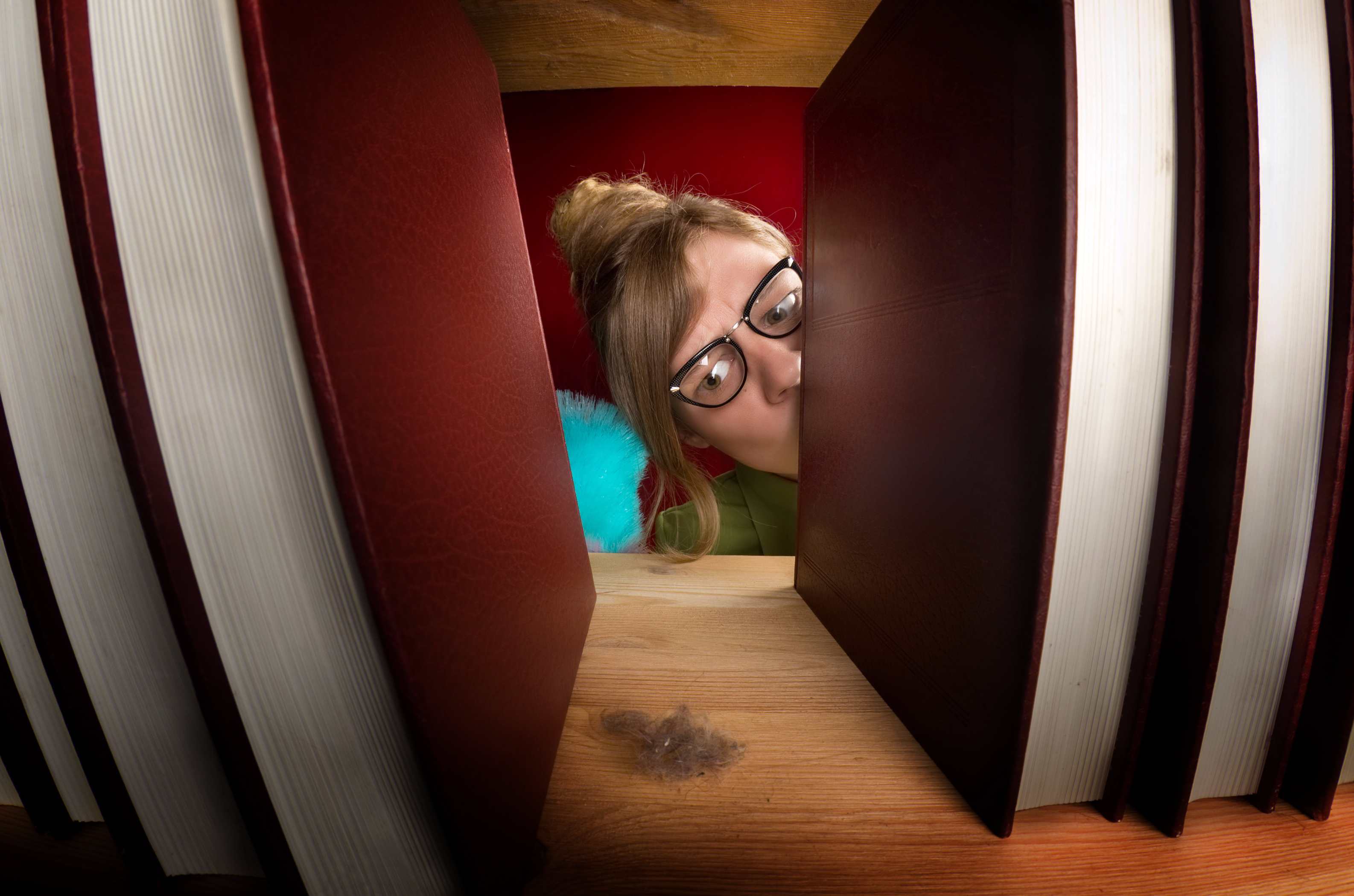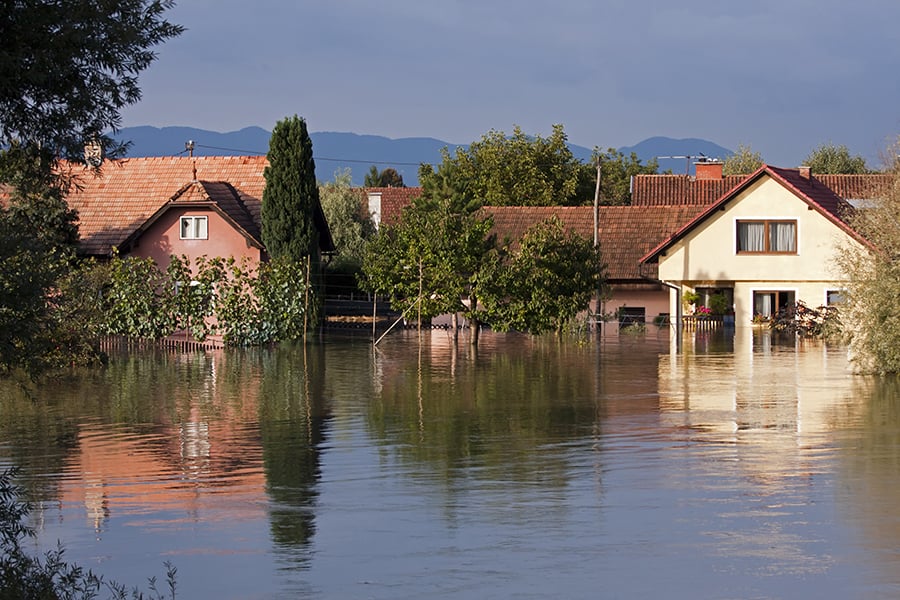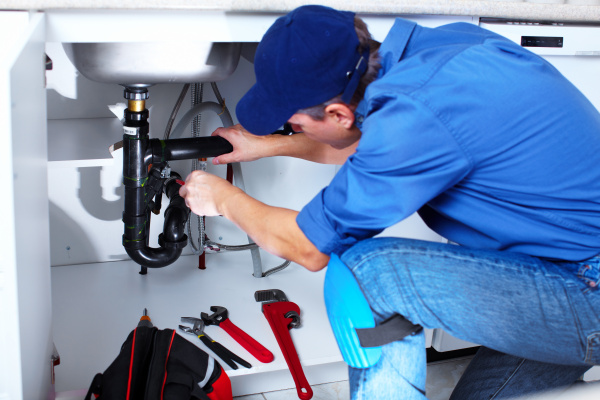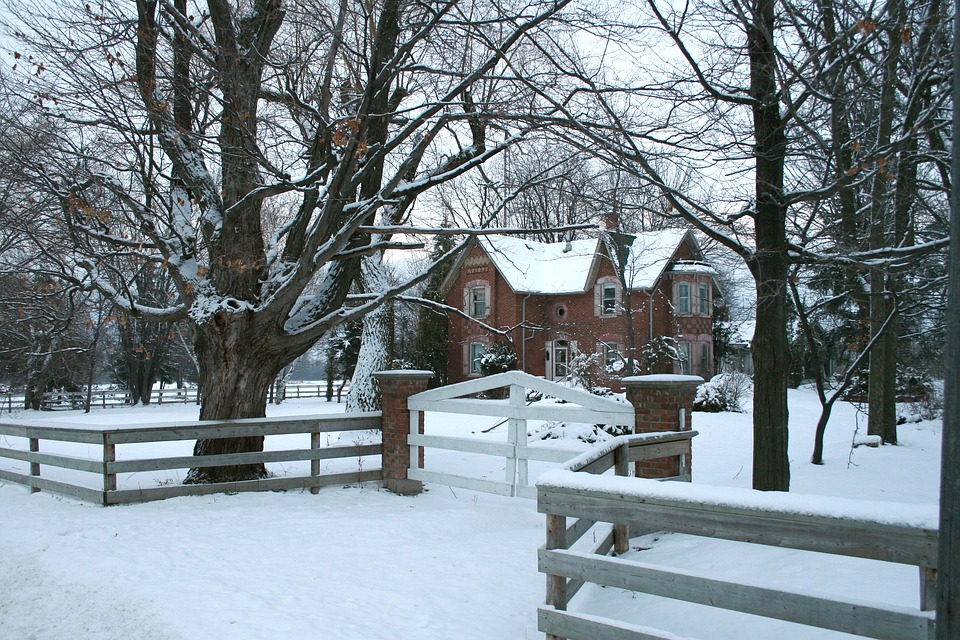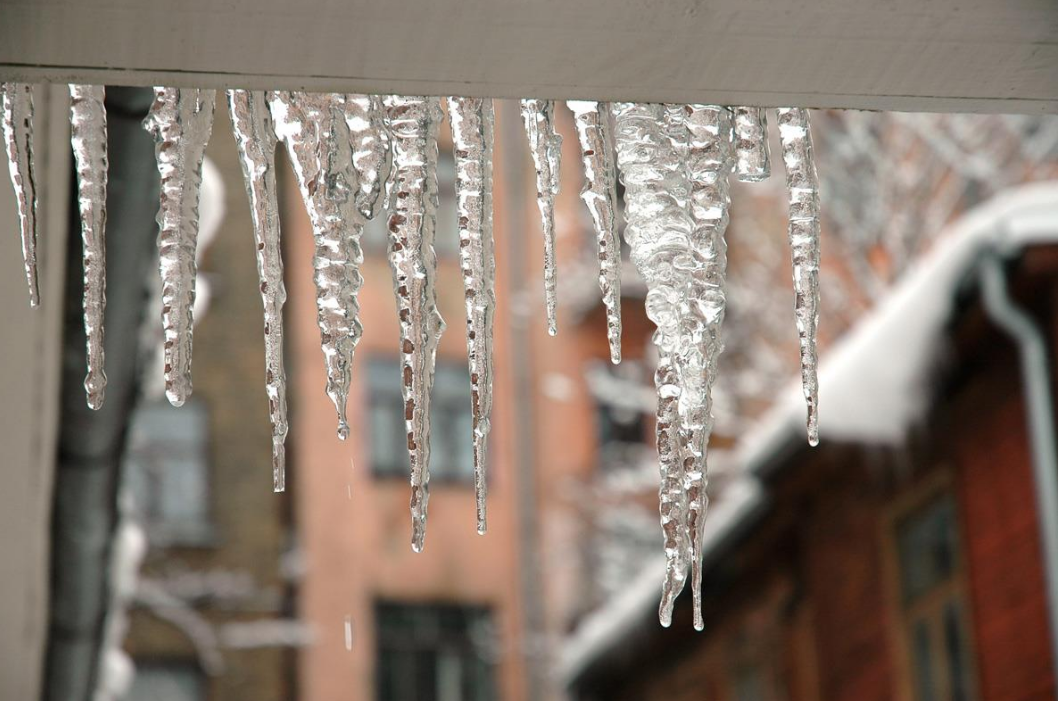Prepare Your Home (& Self) For Winter
Out with the beach gear and floral prints. In with the sweaters and football posters. As the air turns crisp, there’s much to think about. Will it be mittens or gloves? The Giants or the Cowboys?
Your home deserves some thought, too. A weekend of preparation can make for a much cozier (and less expensive) winter. Here’s what we’d do if we were you.
Indoor Chores
Add a second layer of insulation to your attic so you achieve the cozy and money-saving ENERGY STAR recommended levels. Remember: before you insulate, air seal the attic floor (otherwise the insulation won’t work as well).
Consider installing storm windows and doors. These are critical if you have older windows, especially single-pane windows, which are not made from modern insulated glass.
Check and replace the batteries on carbon monoxide detectors. In colder months when the air is trapped indoors for longer periods, this is an important step to make sure the air is healthy.
Seal the attic fan opening with an airtight cover. Add insulation so there are no insulation gaps around the cover.
Get your furnace checked and tuned-up by professionals. Keeping your heating system at its optimum efficiency could save you hundreds on heating costs.
Refill your ionization-type water softener with salts.
Clean your wood-burning heater:
- Scrape interior (especially nooks and crannies) with wire brush.
- Check for cracks, and repair with stove cement if necessary.
- Clean exterior completely.
- If heater has a blower, vacuum the blower and oil the motor.
- Replace any filters.
Indoor and Outdoor Chores
Cover your room air-conditioning unit with an insulated cover inside and outside, or remove the unit from the wall and seal the opening.
Drain outside hoses and close the shutoff valves to outside faucets and waterlines.
Check the weatherstripping and caulking on all windows and doors for damage and tightness of fit. Replace if you see gaps or cracks.
Clean your fireplace and chimney (see detailed instructions to the right).
Learn how to lower your heating bills this winter.
Outdoor Chores
Remove debris from gutters and downspouts.
Check the gutter and downspout alignment to ensure rainwater collects properly in the gutters and quickly and easily drains away from the house. If water doesn’t drain away quickly you’ll want the downspouts to extend at least three feet away from the foundation; six feet is better.
Make sure waterlines and hose bibs are protected from freezing.
Check the exterior for cracked or peeling paint. Repaint if necessary. This helps protect the wood from rot.
How to Clean Your Fireplace and Chimney
Hire a good chimney sweep or:
Lay out a tarp or sheet in front of the fireplace. Open the fireplace damper and make sure it operates.
Go outside to inspect the outside of the chimney for loose bricks or stones and deteriorating joints. Repair if necessary, following these brick maintenance tips. Climb onto your roof and remove the chimney cap and check it for weather damage. The chimney cap keeps sparks from escaping your chimney while keeping out the rain, small animals and debris.
Run a chimney brush down the inside of the chimney to clean it out.
Go back inside to clean the lower portion of the flue with a brush.
Brush the fireplace floor, walls and damper with a stiff, dry scrub brush to remove the creosote. Don’t scrub too hard or use a brush with metal bristles because the brick crumbles easily.
Vacuum up all of the dust and debris.
Close the damper. If it doesn’t close tightly, purchase an inflatable fireplace draft stopper at any hardware store. (Leaks through the damper are drafty, and can increase your heating bills by 8%)
And lastly, take a shower. You’re loved ones will thank you for it. And speaking of loved ones, remind them often of how much work it was to clean the chimney (although you and I know it wasn’t too bad).
Courtesy of PATH
www.pathnet.org/homeowners

